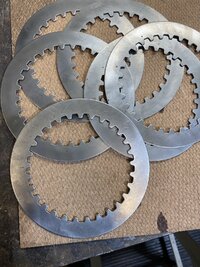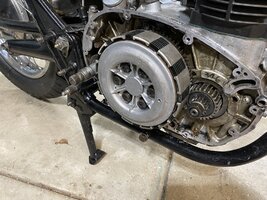set of 8 $90 USD plus actual shipping.
https://www.xs650.com/threads/interest-in-8-plate-clutch-conversions.56486/page-10#post-709219
https://www.xs650.com/threads/alto-8-plate-clutch-mod-xs650sk.59804/
Shameless advertising.................. ;^)
https://www.xs650.com/threads/interest-in-8-plate-clutch-conversions.56486/page-10#post-709219
https://www.xs650.com/threads/alto-8-plate-clutch-mod-xs650sk.59804/
Shameless advertising.................. ;^)


